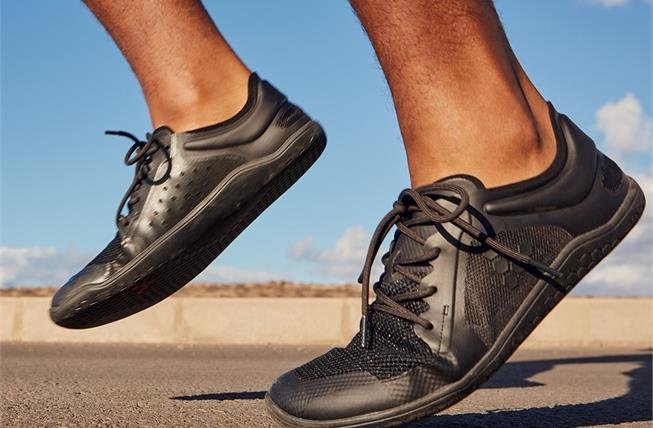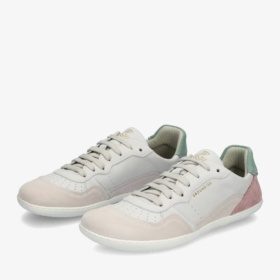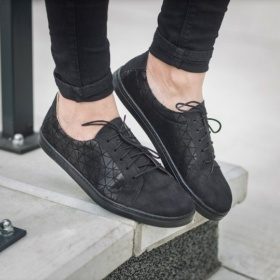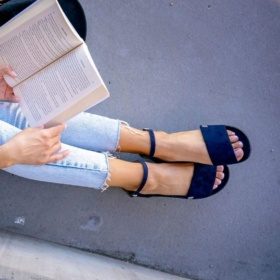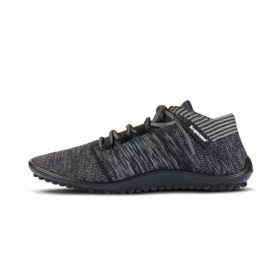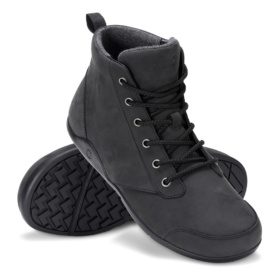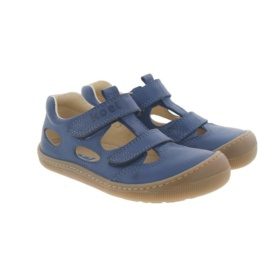When selecting your first pair of barefoot shoes, it’s crucial to measure both the length and width of your feet. Properly fitting shoes are to be chosen by your foot’s measurements, not siz enumbers. Shoes that fit in length but are too narrow can cause discomfort and hinder the benefits of barefoot shoes.
Fortunately, barefoot shoe brands cater to various foot shapes and sizes. From very narrow to extra wide, there’s a range of barefoot shoes available to accommodate different feet.
How to Measure Your Feet Correctly
The first step in finding the perfect barefoot shoes is to measure your feet accurately. You’ll need a piece of paper, a pencil, and a ruler. For children, a shoebox or a wall to stabilize the heel can be helpful. Follow these steps:
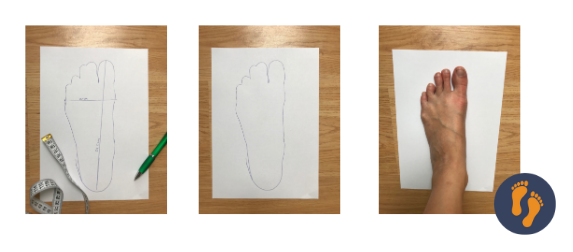
- Place the paper under your foot and distribute your weight evenly.
- Using a pencil held as upright as possible, trace the outline of your foot on the paper.
- Repeat the process for the other foot.
- Measure the length of your foot from the longest toe to the middle of the heel.
- Measure the width by drawing a horizontal line at the widest part of your foot.
- Repeat these steps for both feet.
Accurate measurements are essential for finding well-fitting shoes.
It’s advisable to measure your feet multiple times to minimize errors, especially with active children.
Once you have your foot measurements, you can select the perfect shoes. Determine whether your feet are narrow or wide by comparing the length-to-width ratio with the provided table.
| Foot length | Length to width ratio | Length to width ratio | Length to width ratio | Length to width ratio |
| Extra wide | Wide | Average | Narrow | |
| <13 | <2,15 | 2,15-2,3 | >2,3 | |
| 13-16 | <2 | 2-2,25 | 2,25-2,5 | >2,5 |
| 16-20 | <2,2 | 2,2-2,4 | 2,4-2,65 | >2,65 |
| >20 | <2,4 | 2,4-2,6 | >2,6 |
Most product descriptions in our webshop include measurements for shoe length and width. However, we do not measure the width when shoes come without insoles, as the measurements may not be precise. Despite the guidance provided, it’s important to recognize that measuring feet and shoes may not yield exact results. Feet are three-dimensional, and factors like height can influence the fit. If you find that measurements don’t guarantee a perfect fit, don’t worry. You can always reach out to us for assistance. After trying on different barefoot shoes, you’ll gain a better understanding of your feet and discover the brands and models that suit you best.
How Much Toe Space Do You Need?
For your first pair of barefoot shoes, leave about 0.5 cm of toe space when selecting the size. As you become accustomed to barefoot shoes, you may desire more space, so your subsequent pairs can have up to 1-1.5 cm of toe space. Kids’ shoes should have 0.8 cm (for first walkers) to 1.2-1.5 cm (for winter boots worn by experienced walkers) of extra toe space.
In terms of width, the shoes should be at least as wide as your feet, ideally 0.2-0.5 cm wider. However, some shoes made of soft and elastic materials can accommodate slightly wider feet. Similarly, shoes that measure wider than your feet may still fit well if they can be secured comfortably around the ankle.
Considerations for Bunions
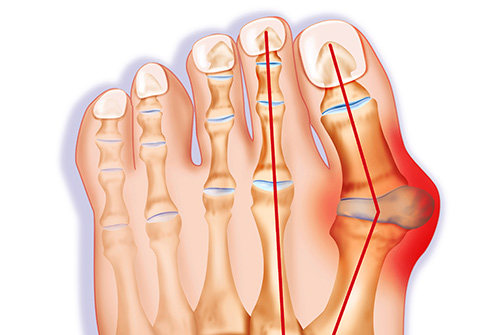
If you have prominent bunions or hallux valgus, selecting shoes that match the width of your feet at the bunion may not provide the best fit overall. While your feet may be wide at the bunion, they may not be wide elsewhere. In such cases, opt for shoes made of soft and stretchy materials that can accommodate bunions without compromising the fit elsewhere.
Finding the perfect barefoot shoes involves more than just matching measurements. Feet are three-dimensional, and factors like height can also affect the fit. If you’re unsure, don’t hesitate to reach out for assistance. With time and experimentation, you’ll discover the brands and models that suit you best.
